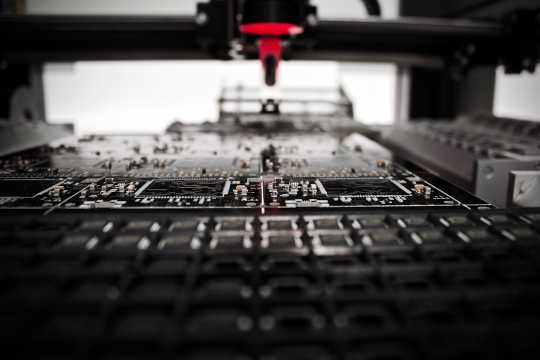In recent years, there has been a significant shift in the way robots are being used in the manufacturing industry. One of the most exciting developments is the rise of collaborative robots, or cobots. These robots work alongside human workers to perform a variety of tasks, from simple repetitive actions to more complex and precise operations. This new era of automation is revolutionizing the manufacturing industry, making production faster, more efficient, and safer for workers.
Collaborative robots are designed to interact safely and effectively with human workers. Unlike traditional industrial robots, which are often large and dangerous to be around, cobots are lightweight, agile, and equipped with sensors that allow them to detect and avoid obstacles in their environment. This makes them ideal for working alongside humans on the factory floor, where they can assist with tasks that require precision, speed, or heavy lifting.
One of the key advantages of collaborative robots is their flexibility. Traditional robots are often programmed to perform a single task, requiring reprogramming and recalibration if they need to be repurposed for a different job. In contrast, cobots can be easily reprogrammed and reconfigured for new tasks, making them highly versatile and adaptable to changing production needs.
Another benefit of collaborative robots is their ease of use. Unlike traditional robots, which typically require specialized training to operate, cobots are designed to be user-friendly and intuitive. This means that workers can quickly learn how to interact with and program cobots, minimizing the need for additional training and enabling them to work more efficiently and productively.
Collaborative robots are also improving the safety of manufacturing operations. By taking on tasks that are repetitive, strenuous, or hazardous for human workers, cobots are reducing the risk of workplace injuries and accidents. This not only protects workers from harm but also helps to lower insurance costs and increase overall productivity.
In addition to their safety and efficiency benefits, collaborative robots are also driving down production costs. By automating labor-intensive tasks, cobots are helping manufacturers to reduce labor costs, increase productivity, and improve product quality. This is particularly important in industries where profit margins are thin and competition is fierce.
Overall, collaborative robots are revolutionizing the manufacturing industry by making production faster, more efficient, and safer for workers. As cobots become more widespread and accessible, we can expect to see even greater advancements in automation and robotics, leading to increased innovation and competitiveness in the manufacturing sector.

